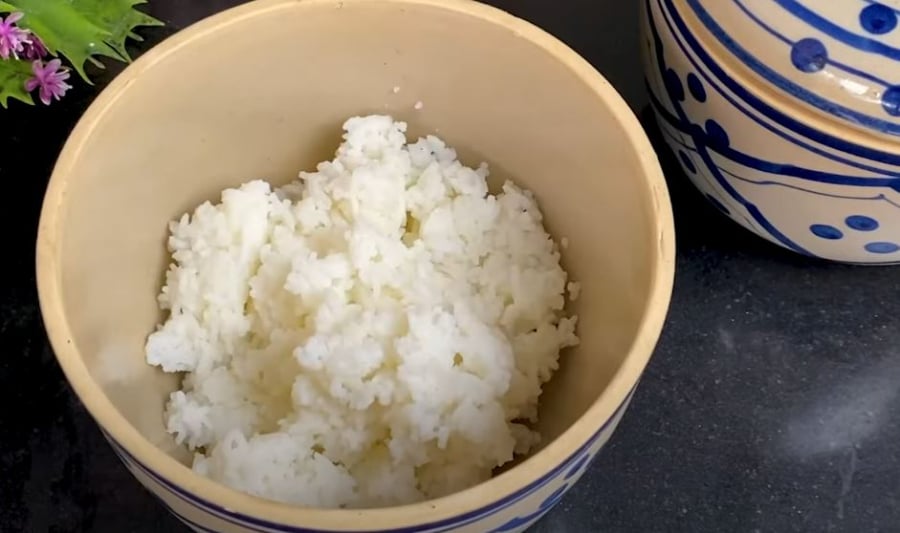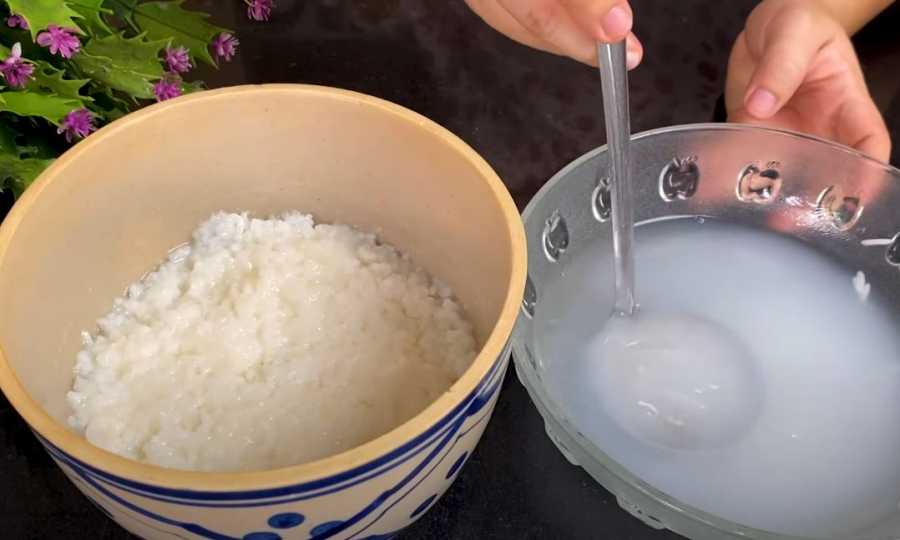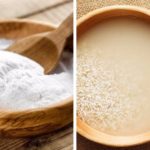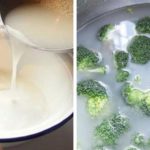Mẻ is a unique Vietnamese seasoning with a mild sour taste, perfect for marinating meats or adding a tangy twist to soups. In the past, mẻ was often made using a starter culture, with mothers passing on the tradition of borrowing a bit of mẻ cái from neighbors and mixing it with leftover rice in a clay pot, sealing it tightly, and letting it ferment for a few days to create a year-round supply of mẻ.
Nowadays, fewer people make mẻ at home, opting instead for the convenience of buying it ready-made at the market. However, the quality of store-bought mẻ can be questionable, so making it at home ensures a safer and more authentic product. In addition to its culinary uses, mẻ can also be used to clean stainless steel pots and pans effectively and safely.
So, why not try your hand at making a batch of mẻ to enhance your cooking and cleaning?
Ingredients for Homemade Mẻ
The process of making mẻ at home is simple. All you need are two basic ingredients: rice and a clean glass or ceramic jar. Additionally, you can include some ginger and chicken bones to enhance the flavor and aroma of your mẻ.

There are various methods to make mẻ at home. The simplest approach uses two ingredients: leftover rice and rice water.
The type of rice you choose will determine the color of your mẻ. Older rice will result in a slightly yellowish mẻ, while white rice will produce a brighter, whiter batch.
To ensure the success of your mẻ, it’s important to sterilize the jar by boiling it in water and allowing it to dry naturally.
Tips for Making Mẻ at Home
Rinse the rice thoroughly and place it in a pot. Add water, twice the amount of rice, and cook as usual. When the water boils and the rice grains expand, strain the rice water and set it aside. Continue cooking the remaining rice until it is fully cooked.
Allow both the rice and rice water to cool completely before proceeding. Place the cooked rice in the prepared jar and pour in the rice water. Cover the jar with a clean cloth to create an ideal environment for microbial growth and fermentation. To speed up the fermentation process, you can add a small amount of sugar to the jar.

When making mẻ at home, simply combine leftover rice, rice water, and fermentation—no need for a starter culture.
Keep the jar in a warm, well-ventilated area to facilitate the fermentation process. Every couple of days, gently stir the contents with a clean spoon or chopsticks to ensure the rice and rice water mix evenly. Depending on the temperature, the mẻ should develop a sour taste within 2-3 weeks and will be ready for use in your culinary creations. The longer you let it age, the more pronounced the flavor will become.
To encourage the continued development of your mẻ, add a small amount of leftover rice or clean bun (rice vermicelli) every 2-3 days. Store the jar in a cool, dry place, and leave the lid slightly ajar to allow microorganisms to thrive.
For a traditional touch of flavor and aroma, follow the wisdom of generations past and add a few slices of ginger and a chicken or pork bone to your mẻ. When using the mẻ, scoop out the desired amount with a clean spoon, being sure to discard any rice that floats to the top. Afterward, replace the lid and return the jar to its original location. Do not pour unused mẻ back into the jar, as this could introduce bacteria and spoil the batch.
If your jar becomes full, simply transfer the excess mẻ to another clean jar and continue the fermentation process.



































